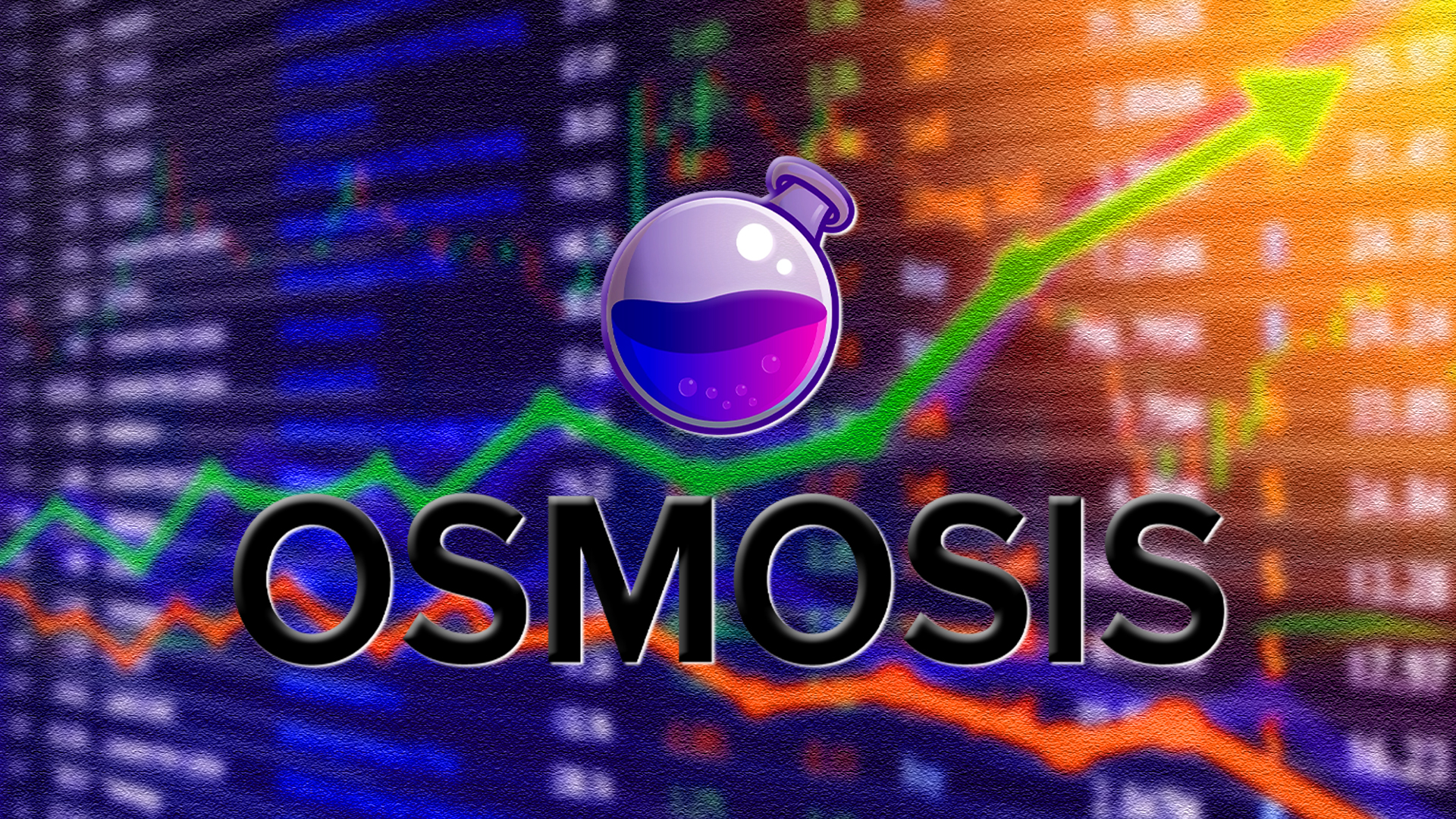- In Osmosis, a trader can give standing instructions to the network to execute their trade when the price reaches a certain level.
- Token holders take part in securing the blockchain by staking native tokens of the network (OSMO).
It is an Automated Market Maker (AMM) that allows users to execute cross-chain transactions through Inter-Blockchain Transaction(IBC). It is built on Cosmos and works on a proof-of-stake blockchain.
AMM allows assets to be traded in a permissionless manner in liquidity pools rather than in a traditional manner. In a traditional manner, traders use to analysis the market first and wait until they can take entry/exit from the market. In this case, the ideal time of entry or exit could be mid-night, so until that time, the trader has to remain awake.
So with the help of AMM, traders can give standing instructions to protocol, where traders want to take an entry or shorten their existing position. A trader can feed their instructions and the protocol will execute the transaction when the price reaches a particular point (resistance or support level).
How does Osmosis Work?
Osmosis works on a proof-of-work consensus mechanism protocol. It is a similar protocol to what Bitcoin uses. Like in Bitcoin, every four years a halving process is scheduled, similar to Osmosis, each year a third process is scheduled. This process cuts the issuance of new tokens by a third every year.
It allows users to utilise self-identified opportunities and act accordingly by adjusting the parameters. Users can also adjust slippage, transaction fees and many more things. It gives equal rights to every participant by offering them a fraction of ownership. This involves participants in the decision making process of the network and keeps the network secure from hackers.
Uniqueness of Osmosis
The feature that makes the Osmosis platform unique from other platforms is that it offers single liquidity staking in different size ratios, which makes it easier for every participant to become the liquidity provider. Secondly, it offers a huge ecosystem for IBC-linked dApps.
Users have more control and flexibility and earn APY as it is a fully customizable exchange. Users can earn interest on idle digital assets and can also take part in the governance of the decentralised exchange.
Platform introduced “AMMs as serviced infrastructure”, through which the platform is trying to solve the increased complexity in the system. By providing AMM creators with the option to define the bond curve value function and reuse the rest of the infrastructure using Osmosis’ products.
How to Participate in Osmosis
Being a PoS network, token holders take part in securing the blockchain by staking native tokens of the network (OSMO). A token holder can take part in the network either as a delegator or as a validator. Validators take active part in the network consensus, whereas delegators delegate their token to the validator.
A token holder can participate in either a validator or a delegator role. As a validator, one should have technical knowledge, whereas a delegator, it is not required. A delegator can earn a reward by delegating their tokens to the validator.
Conclusion
Osmosis is an automated market maker that allows users to execute inter blockchain transactions. It works on a proof-of-work consensus mechanism and like the “halving” process in Bitcoin, in Osmosis “thirdening” process happens, which cuts the issuance of new tokens, by a third each year. Its a native token is OSMO, which is used by participants to take part in the governance protocol.
